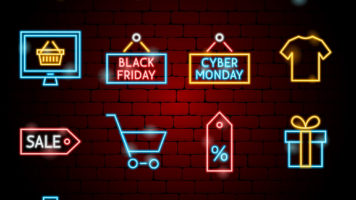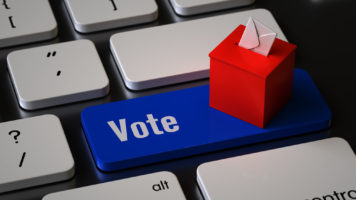How to Make Email a Holiday Hero: Three Best Practices to Optimize Engagement
Let’s start with some holiday retail sales projections:
» “NRF expects retail sales in November and December (excluding autos, gas and restaurants) to increase a solid 3.6 percent to $655.8 billion. Online sales are forecast to increase between 7 and 10 percent over last year to as much as $117 billion.” (Source: National Retail Federation)
» “57 of the 61 days during the holidays will exceed $1 billion in online sales … 31% of U.S. consumers say they will start their holiday shopping before Nov. 1…” (Source: Adobe Digital Insights)
So how much can email marketing contribute to this sales performance? Retailer estimates vary from 4-20%. Industry assessments of email’s contribution to holiday sales put the impact in the range of 30%, especially over the Black Friday/Cyber Monday period.
And the overall business stakes are extremely high: For many large U.S. retailers, total fourth-quarter revenues represent about one-third of their annual sales. And one-half of their annual profits.
Given these compelling realities, most retail marketers understand that email’s contribution to their company’ bottom line is directly related to how well they plan and execute those email programs.
What to do? Here are three basic best practices. They’re all old friends — longtime anchors of “Email 101” — but you should never take them for granted, and especially not during holiday.
Timing
Ramp your holiday email programs up early. Amazon, whose powerful emails are in at least half of your email subscribers’ inboxes, creates big momentum by mailing their Holiday-themed campaigns up to a month before Thanksgiving. Most other major retail brands do not.
Targeting
Targeting of category-specific holiday emails drives very robust read (open) rates, and offsets the risk of opt-outs from over-mailing non-relevant content. It’s best to target with model-driven profiling, but simpler methods can also work:
- Based on known preferences and browse/purchase behavior within those promoted categories, or
- Categories that customers strongly cross-shop with promoted categories
Personalization
Populate message content with elements consistent with how you target the campaign segments. Most important for initial engagement, your subject lines should reference any key merchandise categories or occasions featured in the email. Category-driven subject line personalization is extremely important, even given the enormous amount of price-promotion directed at customers during Holiday.
 One more best practice that bears noting
One more best practice that bears noting
Watch your competition, as well as your customers. In managing your own email strategies, you need real-time competitive intelligence: What campaigns are your key competitors mailing? When? How often? What offers? Creative? How are those performing? This type of information can support your program planning, as well as timely, critical mid-course corrections within the holiday season itself. Consider this practice in the context of recent research by The Relevancy Group. The report documents that email marketers who utilize such competitive intelligence produce three times more email-generated revenue than emailers without such competitive intelligence (on a comparable activity base).
Happy holiday hunting!









